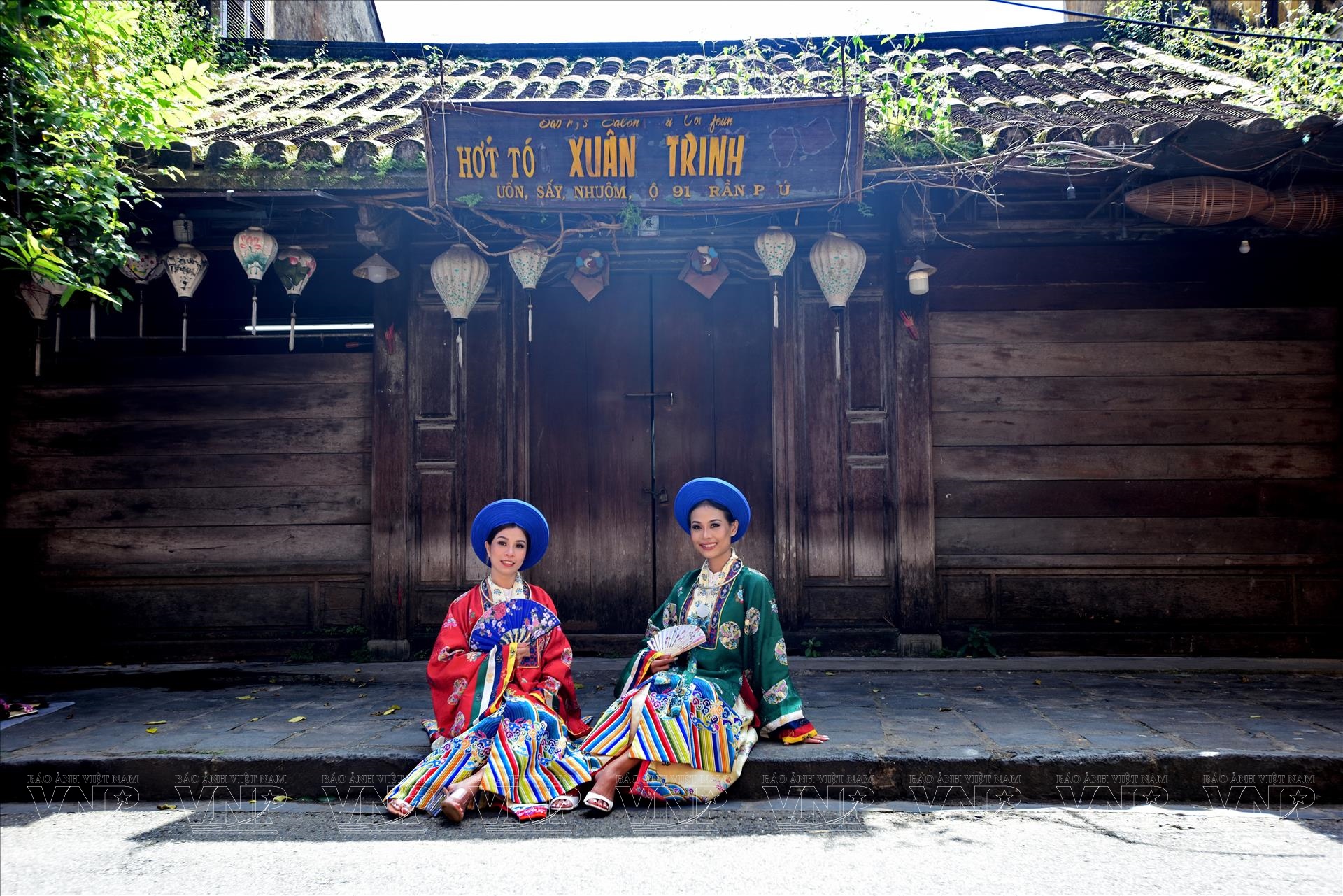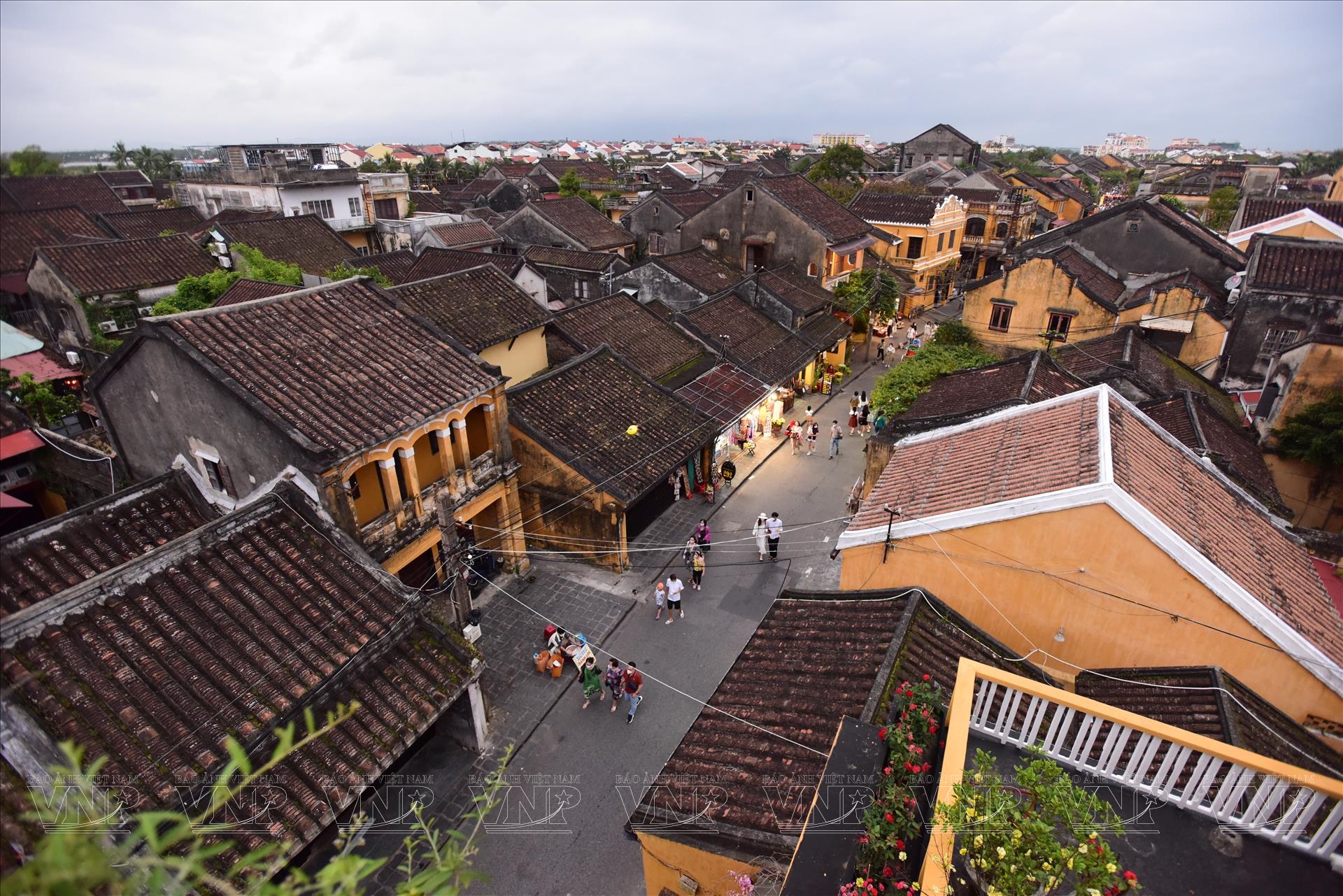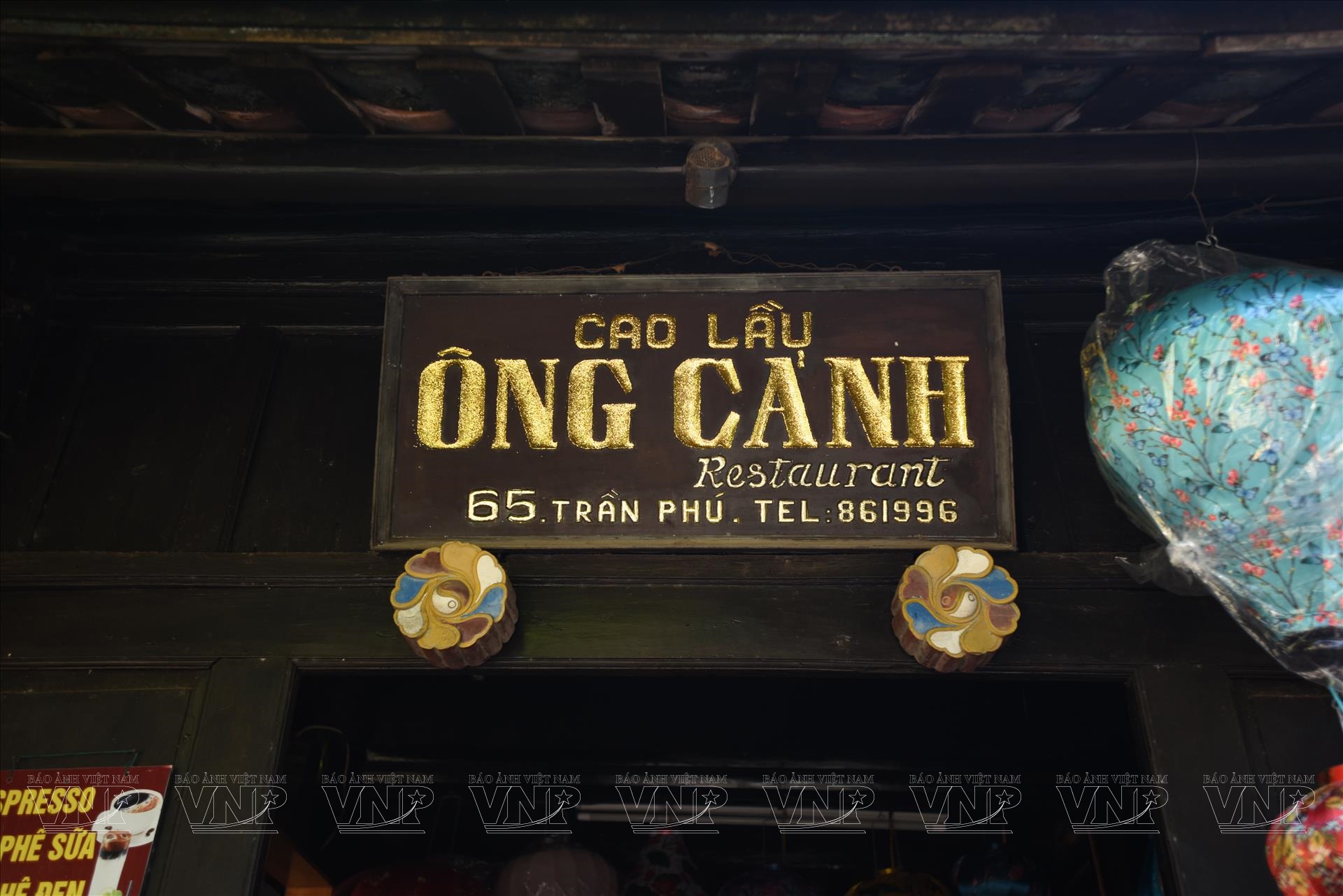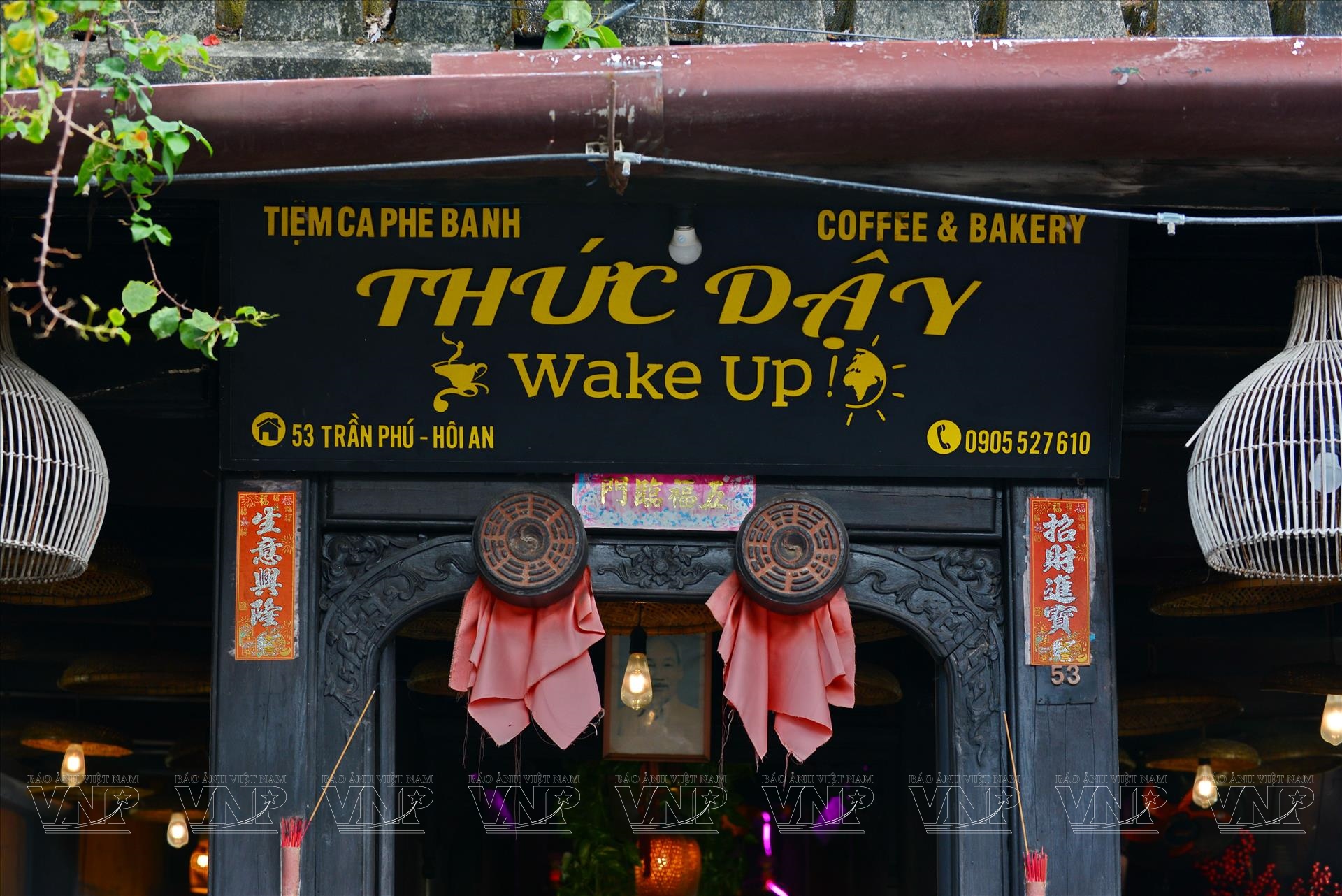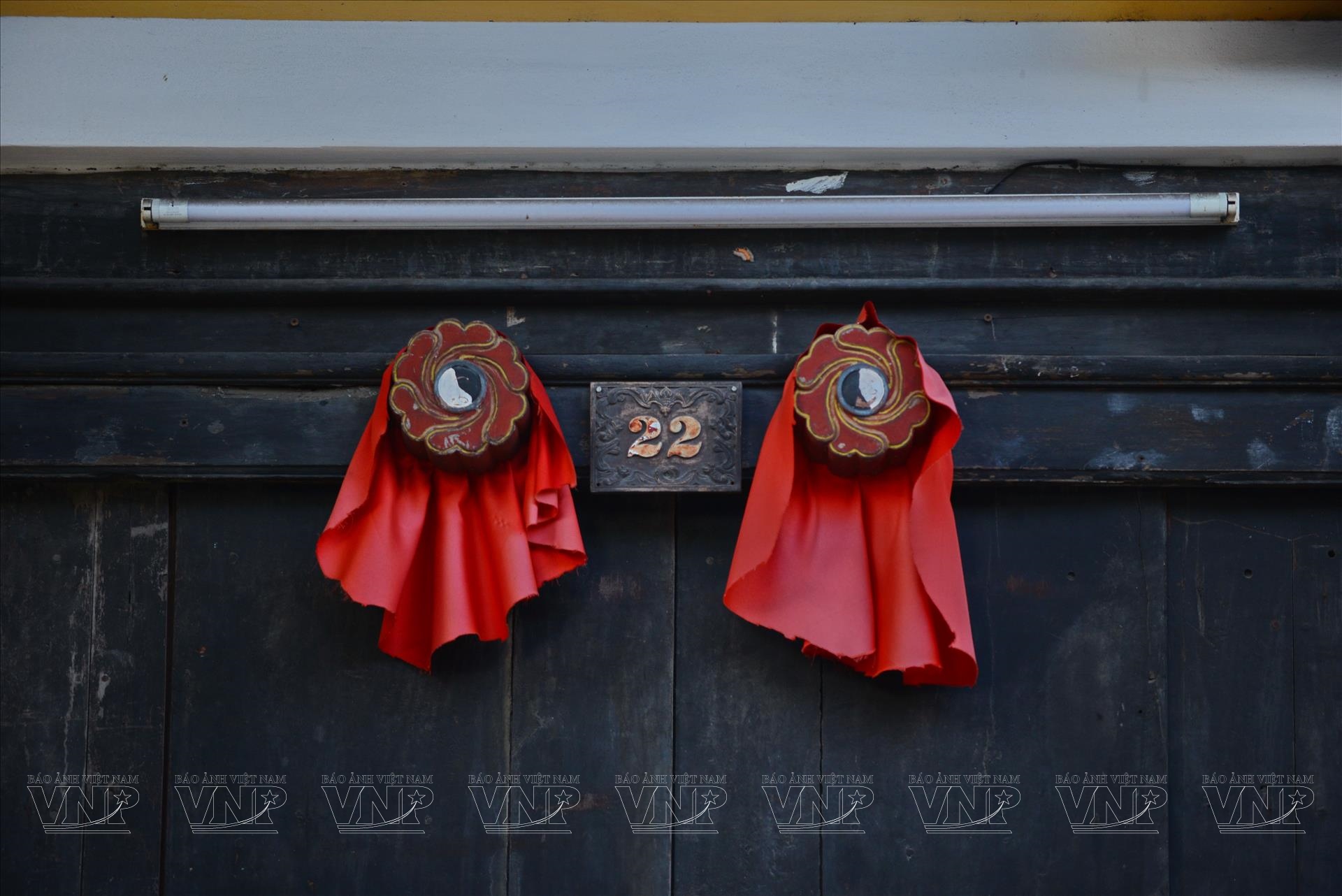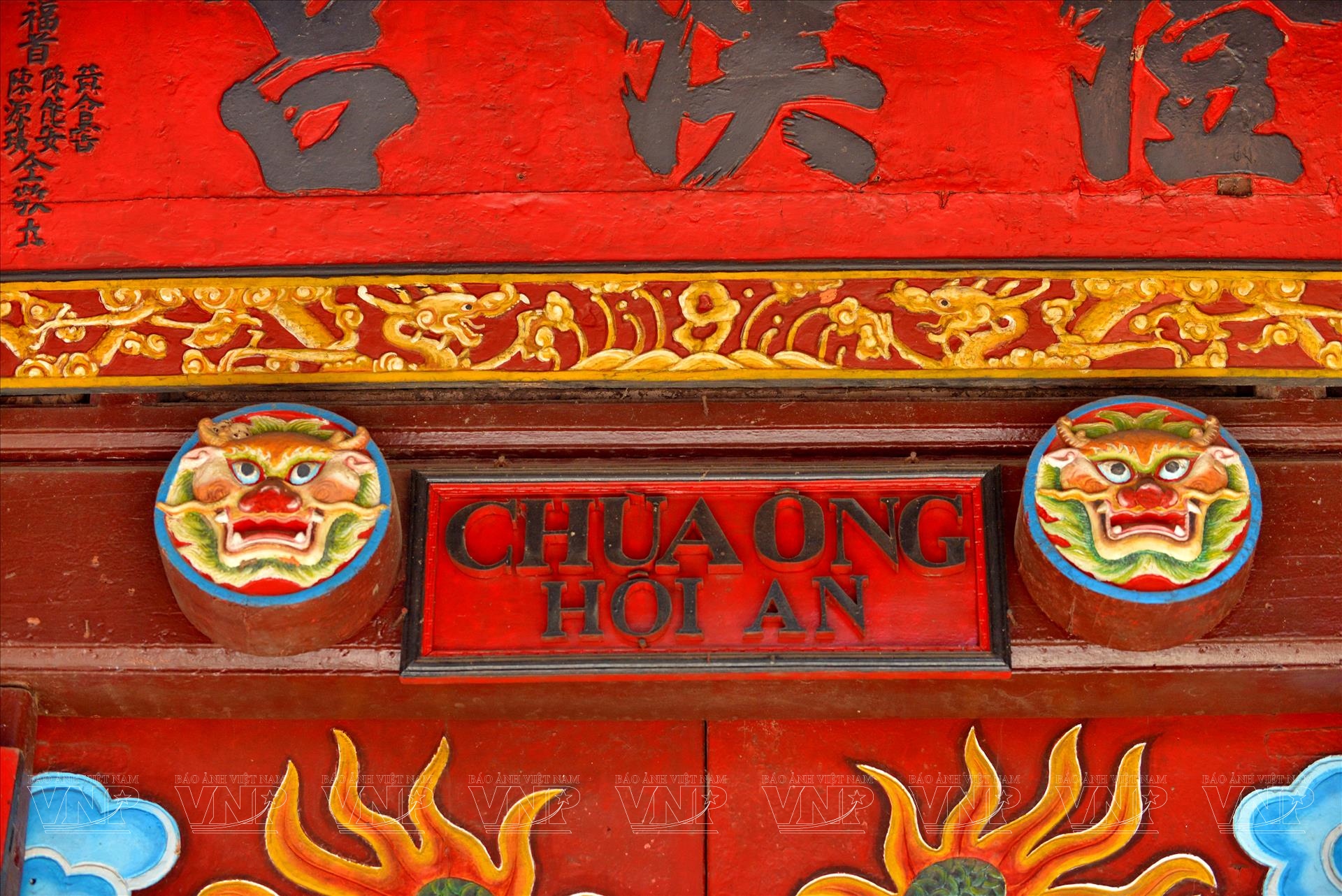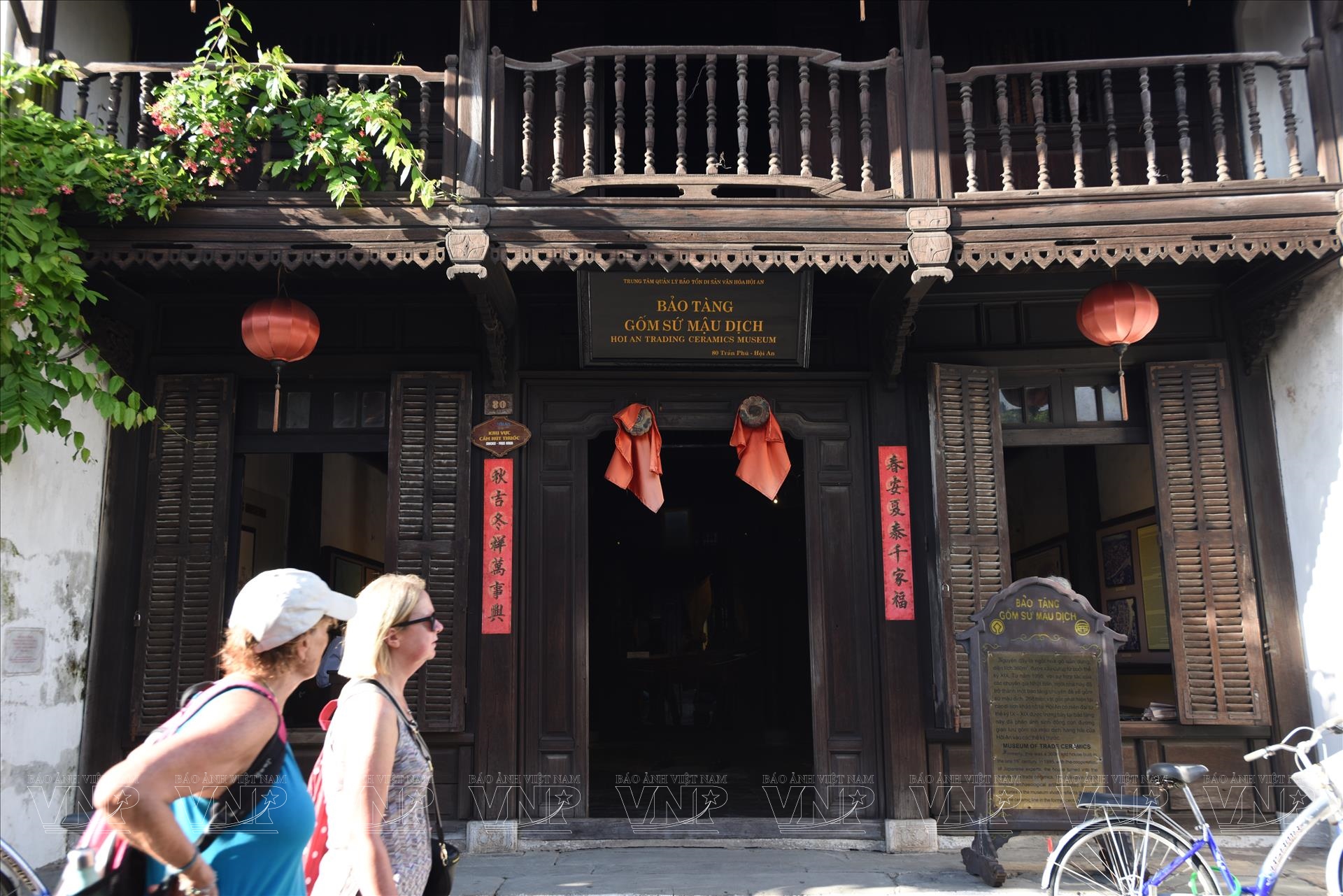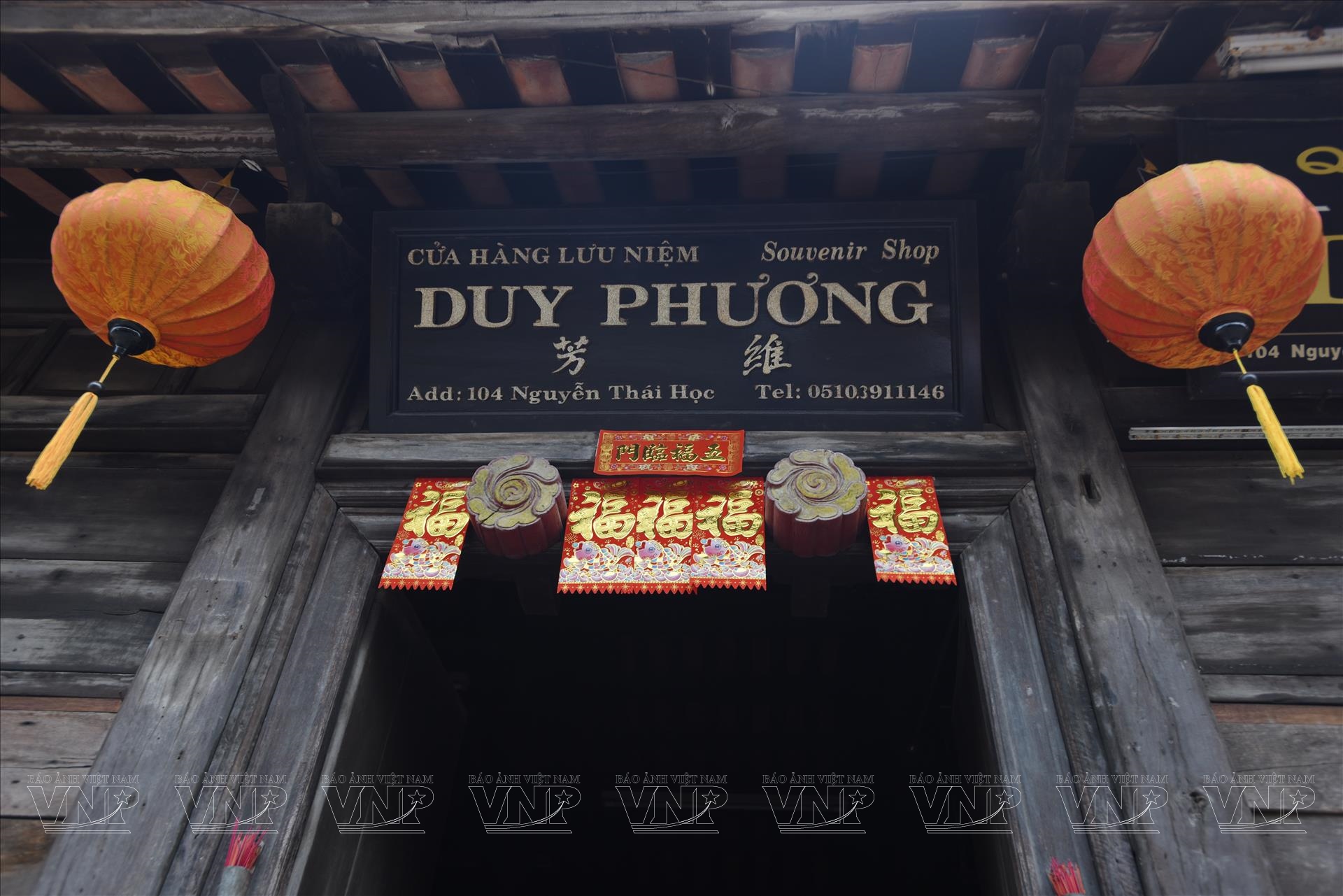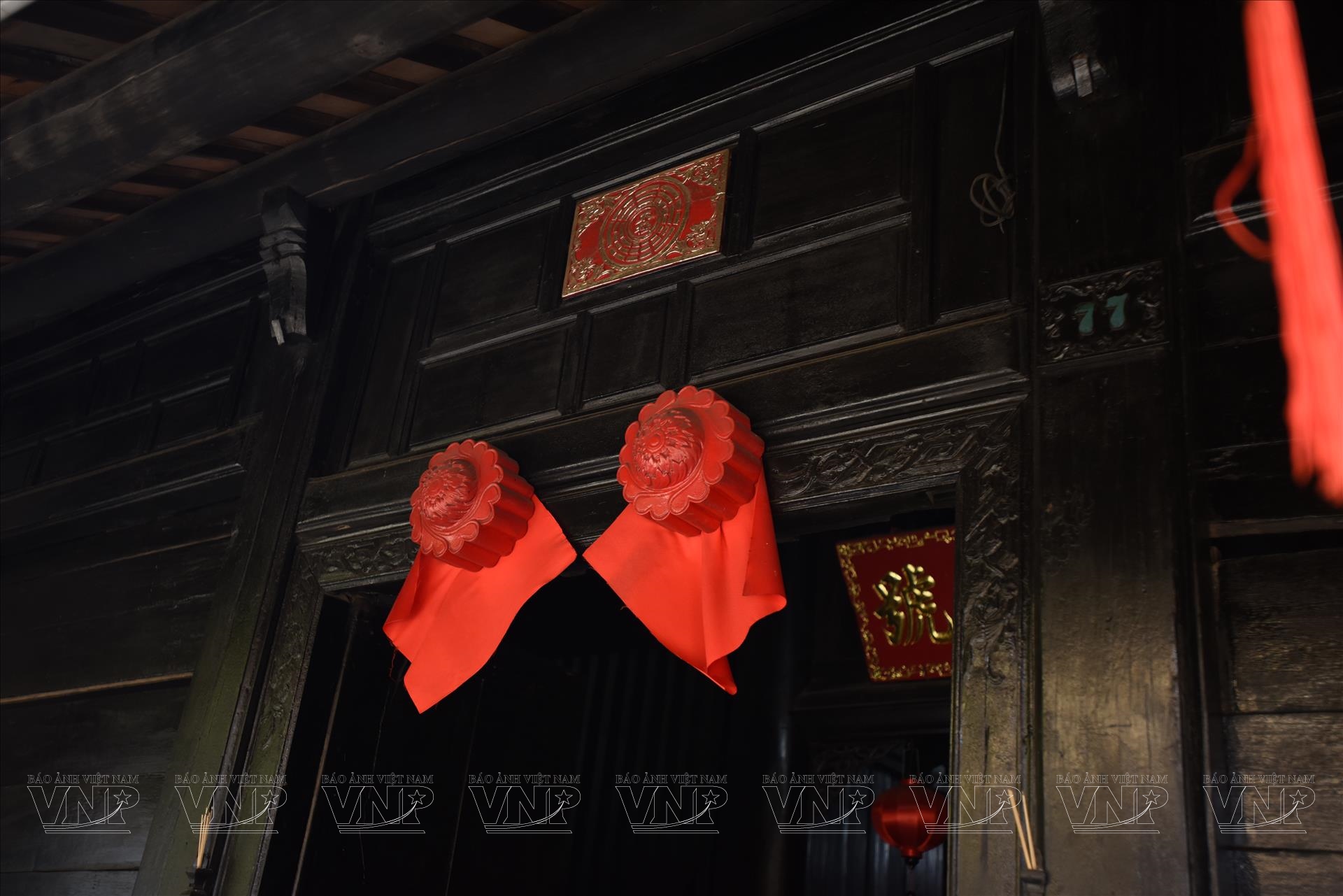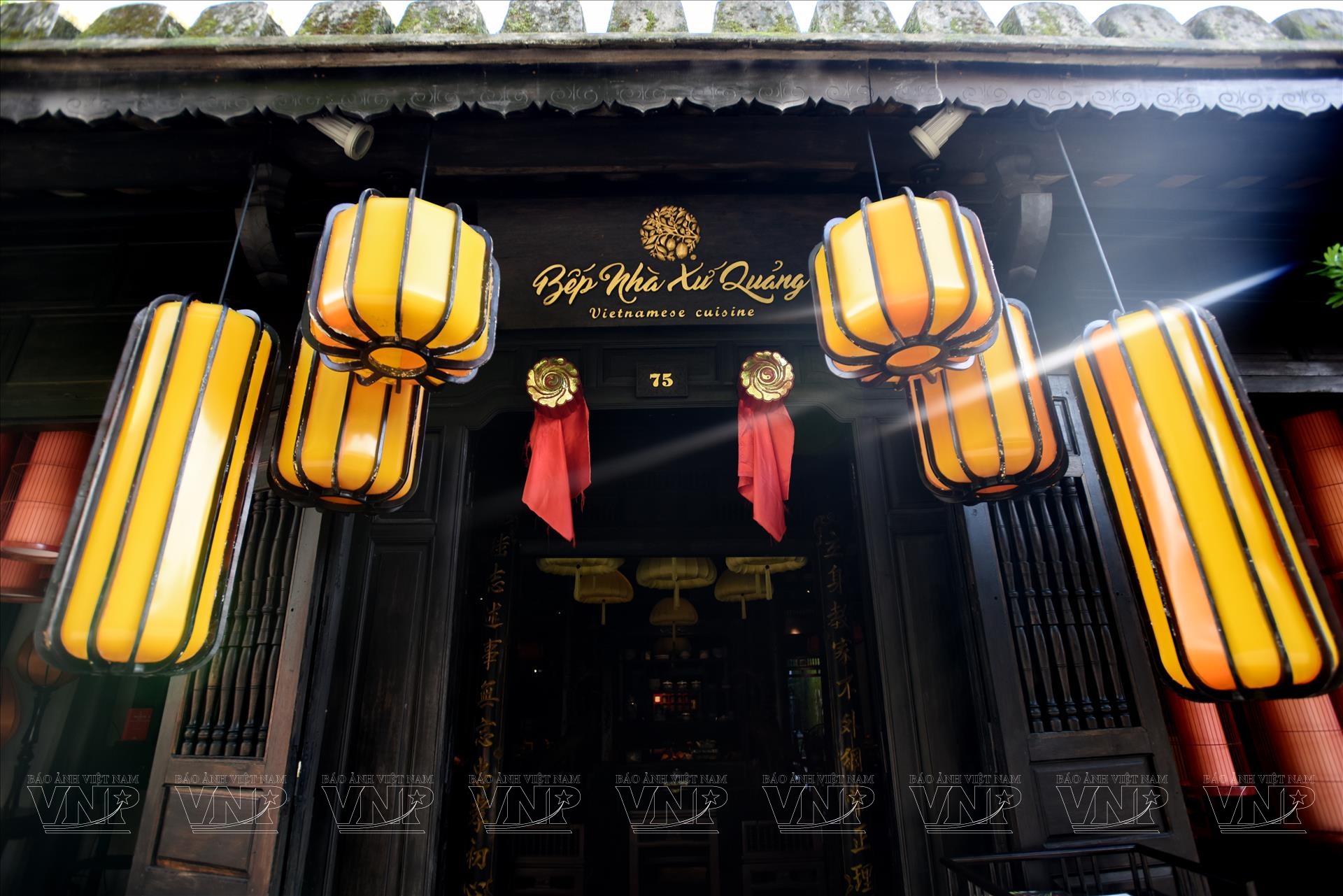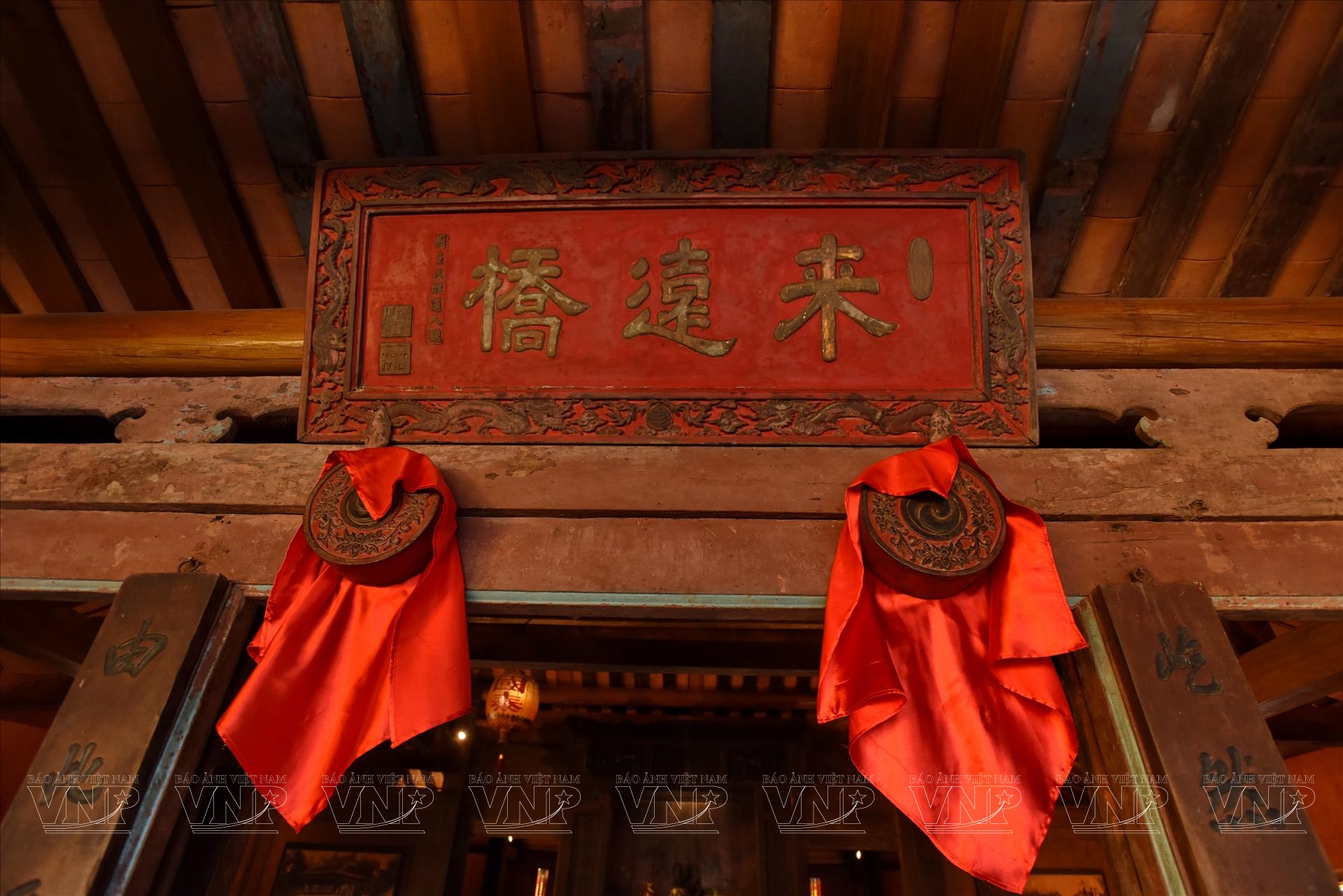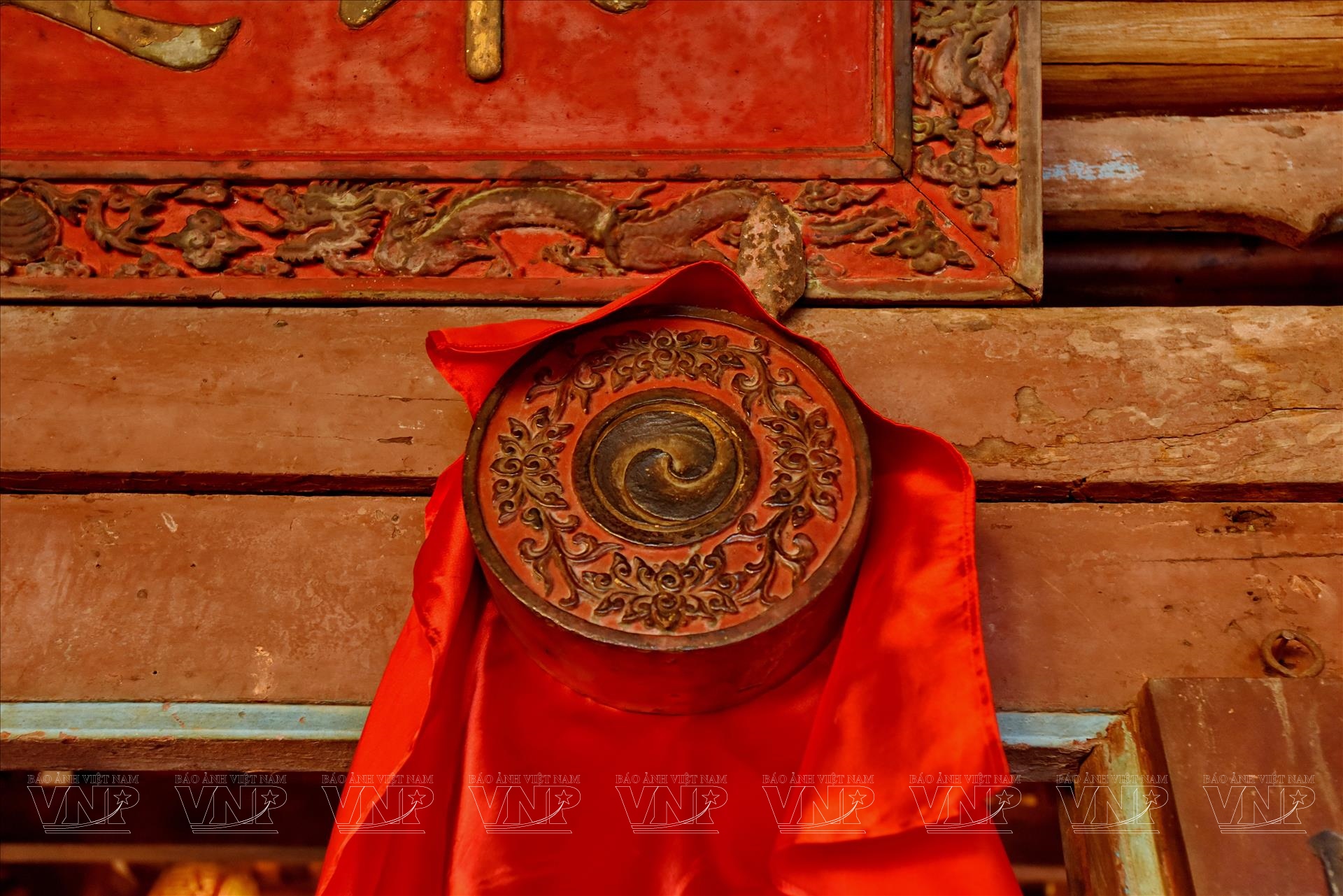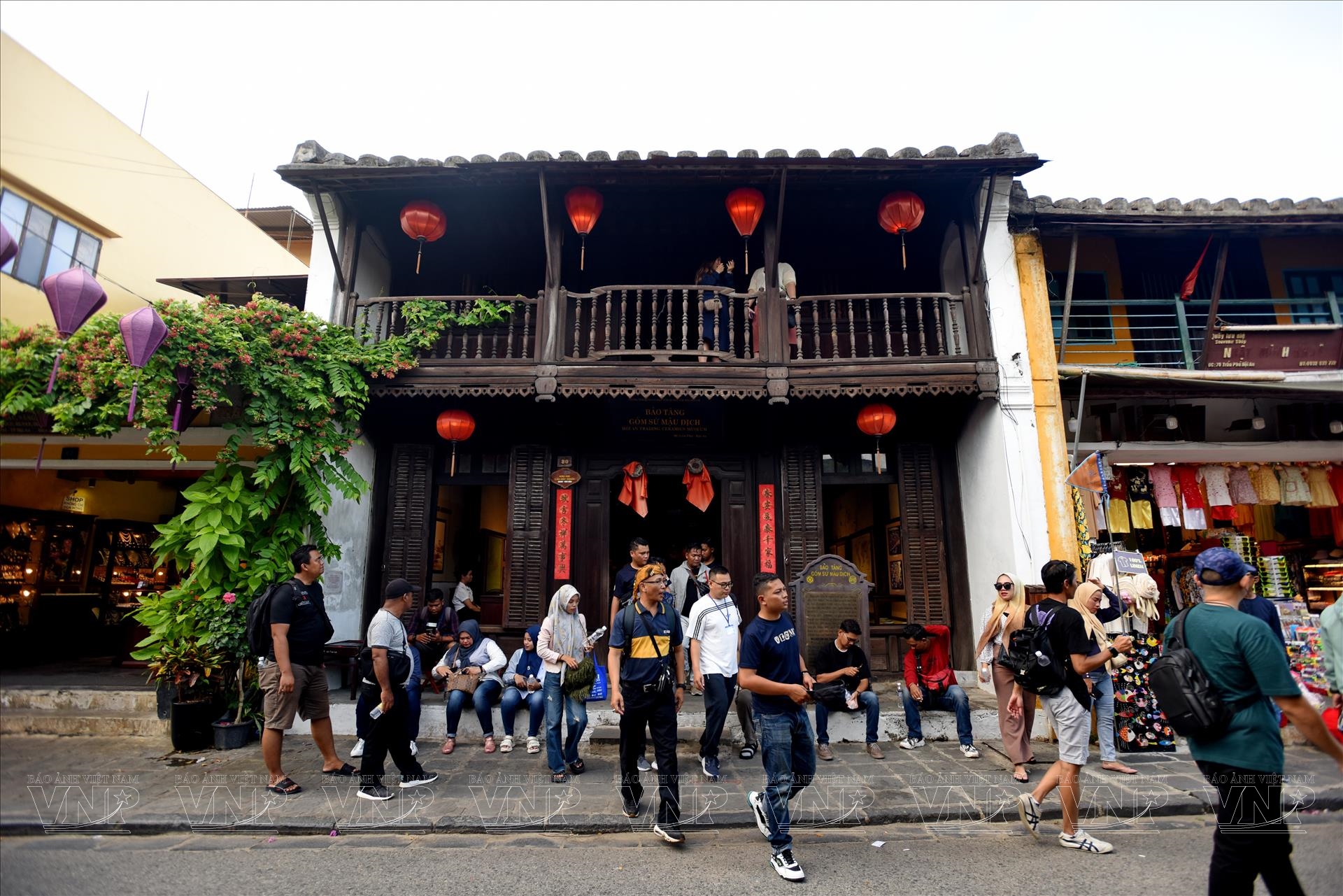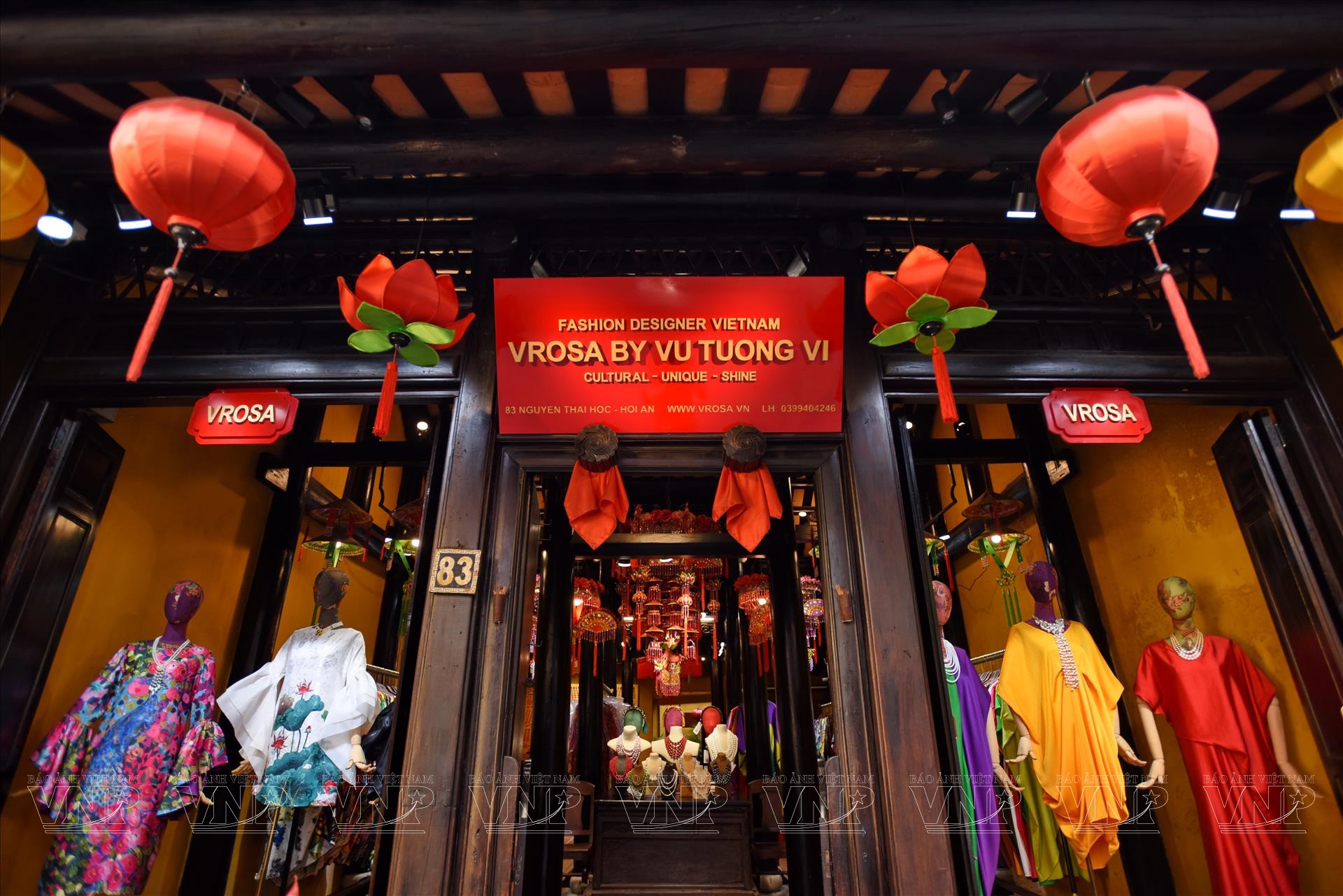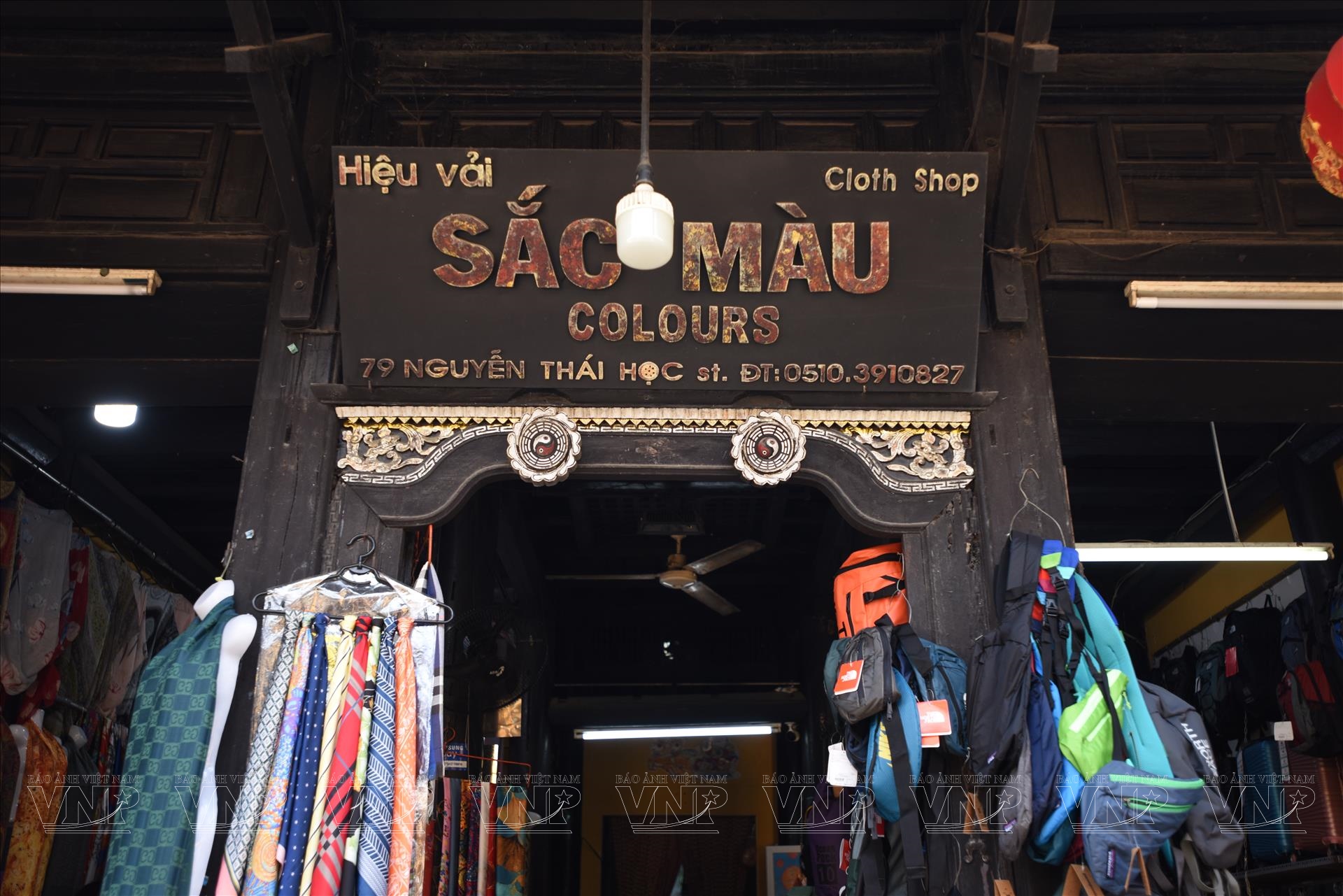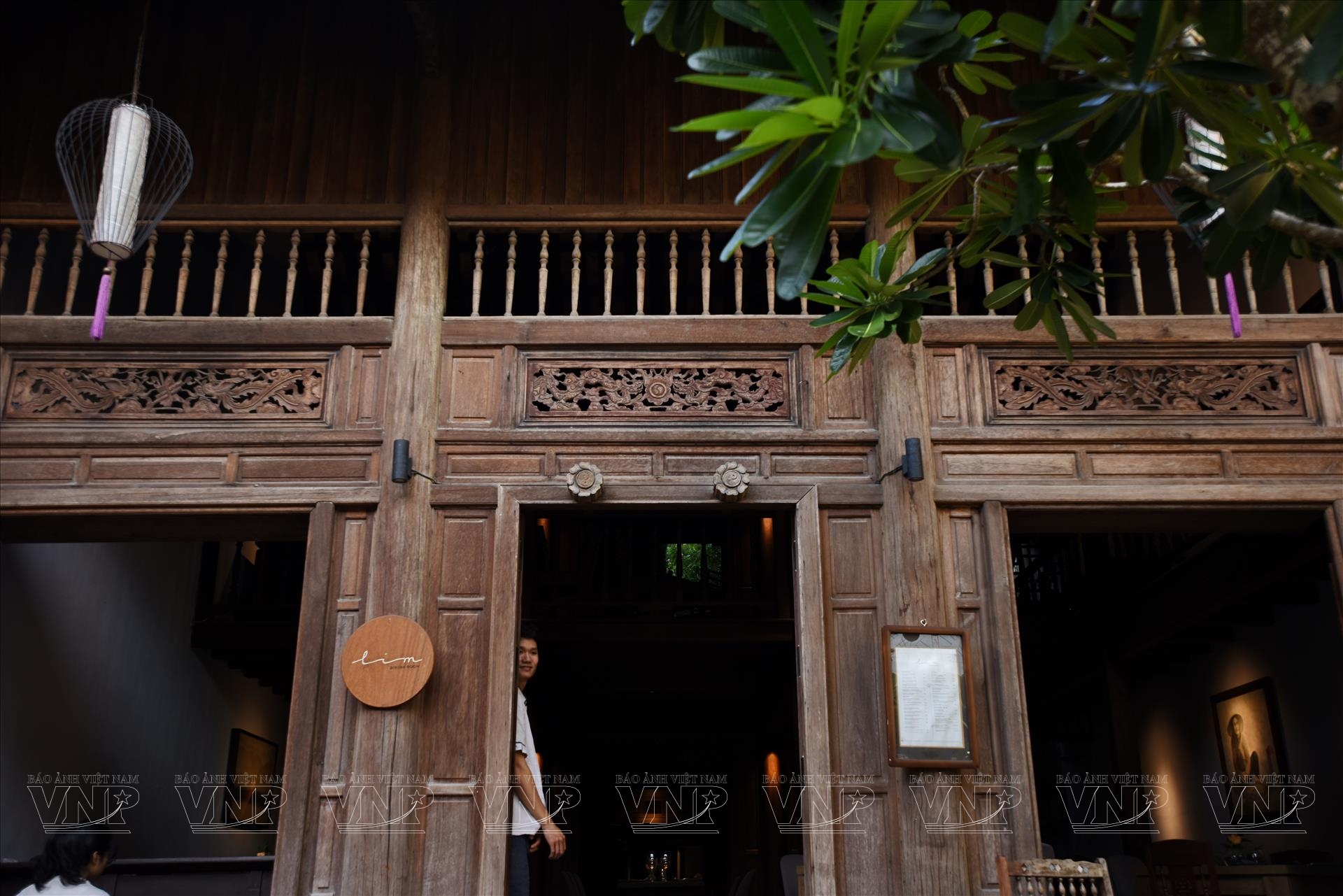The Mysteries of Hoi An’s Door Eyes
In addition to being amazed by the charming beauty of the 400-year-old ancient town, many visitors to hoi An are also intrigued by a mysterious architectural detail on the old houses, known as “door eyes”. Various explanations have been given for this phenomenon, one of which suggests that it represents the worship of “door gods” in an ancient ritual.
The door eyes are a pair of decorative objects symmetrically attached on both sides above the main entrance of a house. According to statistics from the Hoi An Cultural Heritage Management and Preservation Center, the town currently features over 200 different styles of "door eyes". The shapes and designs are highly diverse, including round, octagonal, hexagonal, square, and flat hemispherical forms.
Despite their varying shapes, each pair of "door eyes" consists of two main parts: the center and the rim. The center is often decorated with patterns such as the yinyang symbol painted in black and white, flower stamens, calligraphic characters like phuc (blessing) or tho (longevity). The rim surrounds the center, with intricate designs of six- or eight-petaled chrysanthemums, Bodhi leaves, bagua symbols, dragons, or bats surrounding the character phuc, and in some places, a red piece of silk is added for decoration.
There are many different explanations regarding the "door eyes" in Hoi An. Some researchers believe that these "door eyes" appeared when Chinese people came to do business at Hoi An’s trading port in the 17th and 18th centuries. Phung Tan Dong, a cultural researcher closely associated with Hoi An, believes that the worship and decoration of "door eyes" are based on the animist belief that everything has a soul. It is a form of worshiping the door gods, who protect the houses and temples.
According to his analysis, the practice of worshiping door gods in Hoi An has been simplified, gradually becoming the custom of door eyes. This is an expression of cultural exchange and integration, particularly with the Chinese culture brought by merchants who settled in Hoi An. A unique feature of this custom in Hoi An is the abundance of door eye designs, reflecting Feng Shui and the I Ching. For example, a pair of "door eyes" can be designed according to the homeowner's birth time or year. This distinct feature sets Hoi An apart from many other ancient towns in Southeast Asia.
Besides this explanation, some people believe that since Hoi An was once a bustling trading port with many boats passing through, its residents might have adopted the practice of painting eyes on their boats’ prows, as seen in many maritime communities worldwide. These eyes were believed to help the gods guide the boats through storms and rough seas, and from there, the “door eyes” were incorporated into house decorations with a similar meaning.
Regardless of the explanations, in the minds of many generations of Hoi An residents, the "door eyes" are always seen as sacred guardians of the house. They not only serve to filter good from bad, distinguish between right and wrong, good and evil, but also reflect the desire for a peaceful and prosperous life, hoping to avoid misfortune, prevent evil spirits from entering the house, and protect the family from disruption and failure.
Today, many houses in Hoi An are still adorned with "door eyes", such as the Quan Thang house, the 87 Tran Phu house, the Tan Ky house, and the Duc An house. For example, at the Quan Thang house, one of the most beautiful ancient houses in Hoi An, the "door eyes" are circular, carved like a chrysanthemum flower, and decorated with a beautiful red fabric.
Despite the ups and downs of history and the many societal changes, Hoi An continues to preserve its unique cultural values as a heritage town by the Hoai River, including the distinctive cultural practice of worshiping "door eyes".
By Thanh Hoa/VNP Translated by Phuong Tra
